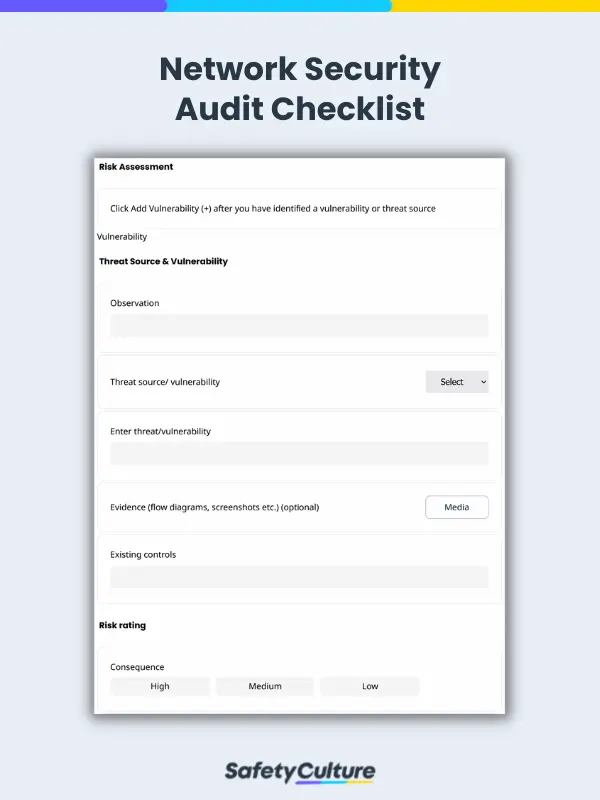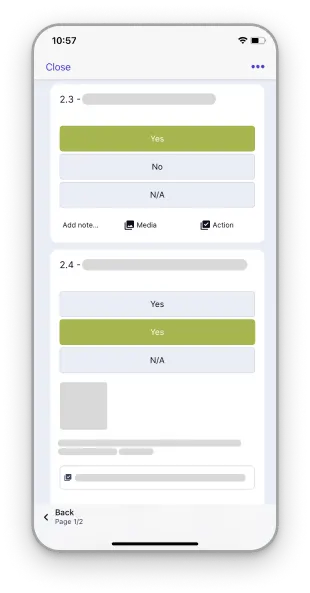What is a Network Security Audit?
A network security audit is the process of proactively assessing the security and integrity of organizational networks. Conducted by IT managers and network security teams, it helps uncover and mitigate costly threats to an organization’s network and data assets.
What is a Network Security Audit Checklist?
A network security audit checklist is a tool used during routine network audits (done once a year at the very least) to help identify threats to network security, determine their source, and address them immediately. A network audit checklist is typically used for checking the firewall, software, hardware, malware, user access, network connections, etc.
5 Common Network Security Risks and Recommended Solutions
As network security risks continue to evolve, they remain a constant threat to any organization. Here are some of the most common network security risks and the recommended solutions to mitigate them:
Malware
Malware, such as computer viruses, spyware, trojans, worms, etc., are constant threats to the network and other information technology assets. Always check if anti-malware is updated and is running periodic scans to protect the organization’s assets from potential threats.
Outdated operating systems
System updates include patches and updated security measures that intend to protect assets from newly discovered vulnerabilities. Allowing applicable system updates will help ensure that your operating systems and assets are protected from new threats.
New threats
Organizations that were vulnerable got hit in 2018 by the NotPetya ransomware, losing hundreds of millions of dollars and suffering unscheduled operational downtime. Proactively staying up-to-date with new threats to cyber and network security can help organizations mitigate IT risks and avoid reputation-damaging losses.
Unauthorized access
Employees and vendors who are no longer associated with the organization but still have access to company assets can be network-security risks. Proper off-boarding and deactivation of access will help protect the network from unintended or malicious access.
Human error
Neglect, lack of knowledge of network security, and malicious intent can render a network vulnerable to security threats. Provide training in using information technology and network assets for all employees and remind everyone to be mindful of how they handle information and network security. Conducting network security audits can help proactively reinforce cybersecurity and avoid costly IT incidents.


